What is the function of lavender? Planting method of lavender
Lavender. The British have always regarded lavender as a symbol of purity, purity, protection, gratitude and peace. The hometown of lavender is in France, and Hokkaido in Japan has also been introduced. Lavender represents the source of happiness. Happiness arises from happiness. If you want to embrace this happiness known as "tranquil perfume plant", you can enjoy the extravagant beauty as long as you go to the million Kui Garden in Panyu, Guangzhou. "Lavender represents True Love" is the most representative lyric poem in the Elizabeth era.
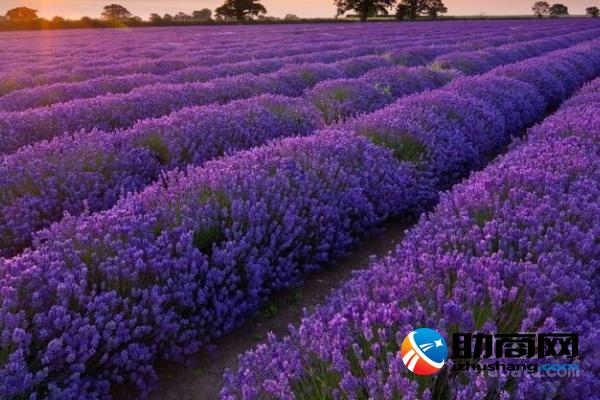
Lavender is also called perfume plant, spirit vanilla, vanilla, yellow vanilla. Lavender. Belongs to the lavender genus of Labiatae, a small shrub. Stem erect, stellate tomentose, old branches grayish brown, with striate exfoliated cortex. Leaves striate or lanceolate, gray stellate tomentose or sparsely or densely, gray-white or olive-green when dry, entire and revolute. Verticillate inflorescences gathered into intermittent or subcontinuous spikes at the top of branches; bracts rhombic-ovate, bracteoles inconspicuous; calyx ovate-tubular or subtubular; Corolla ca. Twice as long as Cao, tube extending, covered with glandular hairs in throat. Nutlets oval, smooth. Native to the Mediterranean coast, Europe and Oceania islands, and later widely cultivated in the United Kingdom and Yugoslavia. Its leaf-shaped flowers are beautiful and elegant, and the blue-purple inflorescences are long and beautiful. It is a new perennial cold-resistant flower in the courtyard. It is suitable for planting flowers in clusters or strips, and can also be watched in pots.
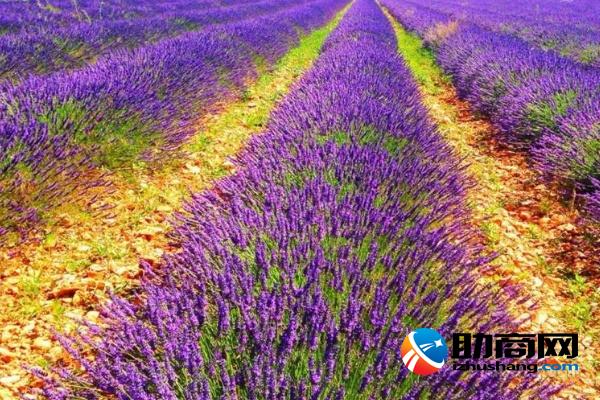
Lavender seedling planting
Lavender can't stand the heat and humidity, and it will die if it suffers from waterlogging for a long time. When planting outdoors, be careful not to let Rain Water sprinkle directly on the plant. After May, you need to move places where there is no direct sunlight, increase ventilation to lower the ambient temperature and keep cool, so that you can safely get through the hot summer. Pay attention to sunshine, moisture, temperature and patience.
(1) soil: suitable for slightly alkaline or neutral sandy soil. Special attention should be paid to the selection of well-drained media, which can be mixed with perlite, vermiculite and peat moss. If it is cultivated in the open field, we should pay attention to the drainage of the soil, and the soil can be piled high into a bed before planting.
(2) watering: lavender does not like the retention of water in the roots. After one-time watering, the soil should be fed again when the soil is dry. The surface culture medium is dry, the interior is moist, and the leaves wilt slightly. Water in the morning, avoid the sun, do not splash water on leaves and flowers, otherwise it is perishable and breeds diseases and insect pests. A continuous humid environment will cause the roots not to breathe enough air and grow poorly, or even suddenly die of the whole plant, which is often the reason for the failure of lavender cultivation.
(3) Illumination: lavender is an all-day plant, which needs sufficient sunlight and humid environment. The environment that can give full sunshine is better, and half-day sunlight can also grow, but flowering is rare. Summer should cover at least 50% of the sun and increase ventilation to lower the ambient temperature, so that although the growth is weak, it does not die. Lavender can grow well on flat land in winter and should be cultivated under full-day sunshine.
(4) temperature: lavender is semi-heat-resistant, cool, warm in winter and cool in summer, the suitable temperature for growth is 15: 25 ℃, and can grow at 5: 30 ℃. The limiting temperature is above 35 ℃, which is higher than 38-40 ℃ for a long time. The top stem and leaf are withered and yellow. In northern China, dormancy begins when it is below 0 ℃ for a long time in winter, and the seedlings can tolerate a low temperature of-20 ℃ per square meter during dormancy.
(5) fertilization: bone powder can be used as base fertilizer in basin soil (used once every three months), seedlings can be used with Huabao No. 2 (20-20-20), and then fertilized with higher phosphate fertilizer such as Huabao No. 3 (20-30-20). Apply light fertilizer.
(6) pruning: lavender flowers are the most abundant in essential oil, and flowers or inflorescences are mainly used. In order to facilitate harvest, some small inflorescences at the initial stage of cultivation might as well be completely trimmed with large scissors, and the newly grown inflorescences are highly consistent, which is conducive to a harvest. Some varieties can reach a height of up to 90 centimeters, and this method is also used to make the plants low and make them more branched, blossom and increase the yield. After flowering, the plant must be pruned, and the plant can be pruned to the original 2umber 3, so that the plant type will be stronger and conducive to growth. Pruning in the cold season such as spring and autumn, generally pruning in spring, pruning in autumn will affect the cold resistance. Be careful not to cut the lignified part when pruning, so as not to weaken the plant and die.

What is the function of lavender?
1. Calming and calming effect
Lavender is recognized as the most calming, soothing and hypnotic plant. It can relieve tension, calm the mind and calm down. In foreign hospitals, the volatile oil extracted from lavender is used to improve the sleep of the elderly. In Xinjiang, many Uygur hospitals also use lavender herbal preparations to treat neurasthenia and insomnia.
2. Antibacterial
It was found that lavender has obvious antibacterial activity. Linalool contained in lavender is the main antibacterial component of lavender, which can inhibit the growth of 17 kinds of bacteria (including Gram-negative bacteria and Gram-positive bacteria) and 10 kinds of fungi.
3. Anti-inflammation and anti-oxidation
Apply the lavender essential oil to the inflamed area, you can find that the healing speed of the affected area is faster, and there is a significant effect of reducing swelling. At the same time, the experiment also proved that 50% methanol extract of narrow leaf lavender can inhibit lipid peroxidation, in which phenolic rosmarinic acid is an antioxidant.
4. Antispasmodic and analgesic effects
When talking about the function of lavender in the book "New Medicine Materia Medica" in China, it is said: "this oil has ventilating effect, and can be taken orally with oil or its alcohol solution dripped on sugar to treat stomach distension and colic." At the same time, lavender also has antispasmodic effect on ileal and uterine smooth muscle, its antispasmodic effect is not through adrenaline and cholinergic receptors, nor on calcium channels, but by increasing the level of intracellular cyclic phosphate.
5. lipid-lowering and blood pressure-lowering effect
Some studies have found that lavender extract can obviously dispel fat, at the same time, lavender essential oil can also reduce the average level of arterial pressure through the sense of smell.
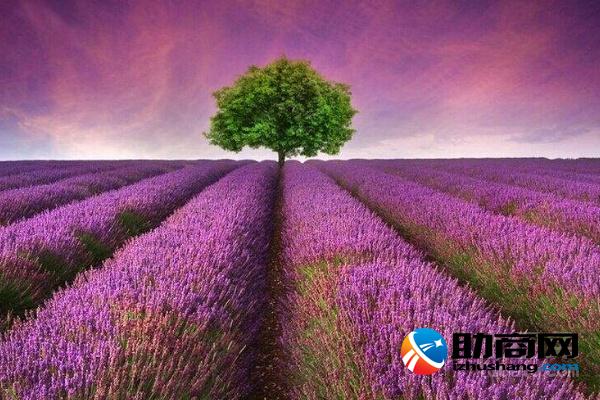
- Prev
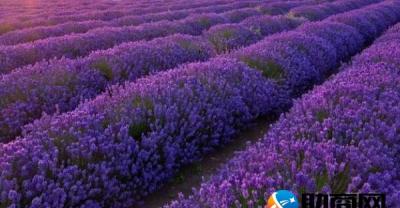
How much do you know about dental implants?
When it comes to dental implants, I believe many people are no stranger, so today we will explain in detail what are the common questions about dental implants? 1, planting.
- Next
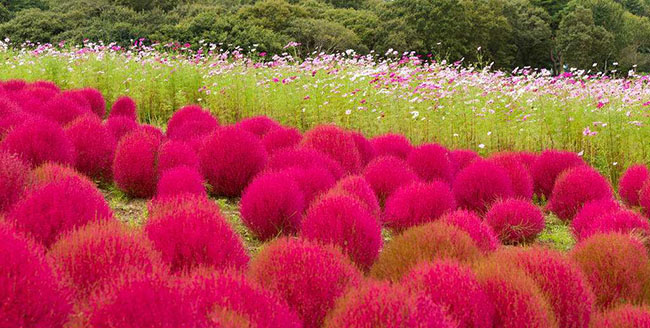
The efficacy and Culture methods of Fructus Corydalis
The plant shape of the encyclopedia is oval to round, Obovate or oval, with many and thin branches, pubescent and semi-lignified at the base of the stem. Stems have many branches, leaves linear-lanceolate, simple leaves alternate, leaves linear, linear or strip-shaped. Spike with small reddish-brown flowers with very small flowers without ornamental value
Related
- Fuxing push coffee new agricultural production and marketing class: lack of small-scale processing plants
- Jujube rice field leisure farm deep ploughing Yilan for five years to create a space for organic food and play
- Nongyu Farm-A trial of organic papaya for brave women with advanced technology
- Four points for attention in the prevention and control of diseases and insect pests of edible fungi
- How to add nutrient solution to Edible Fungi
- Is there any good way to control edible fungus mites?
- Open Inoculation Technology of Edible Fungi
- Is there any clever way to use fertilizer for edible fungus in winter?
- What agents are used to kill the pathogens of edible fungi in the mushroom shed?
- Rapid drying of Edible Fungi

